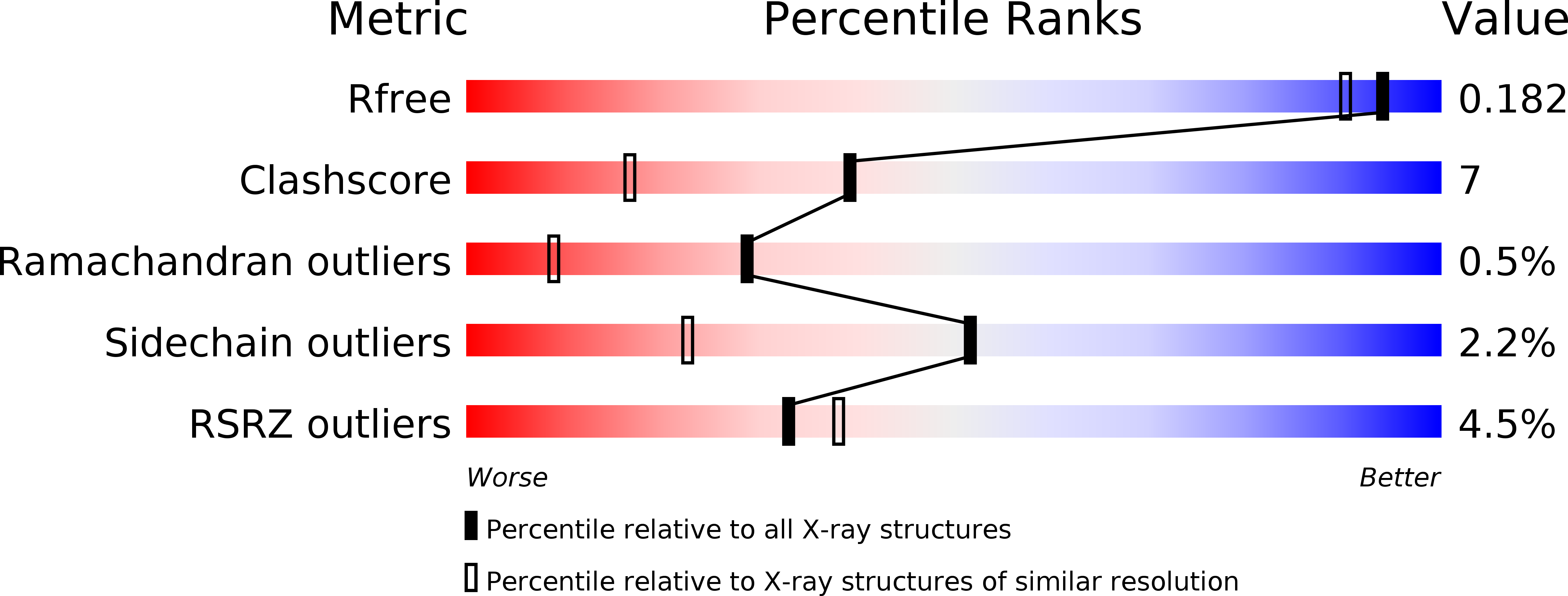
Deposition Date
2008-07-28
Release Date
2009-07-28
Last Version Date
2024-10-30
Entry Detail
PDB ID:
2ZPS
Keywords:
Title:
Crystal structure of anionic trypsin isoform 3 from chum salmon
Biological Source:
Source Organism:
Oncorhynchus keta (Taxon ID: 8018)
Method Details:
Experimental Method:
Resolution:
1.55 Å
R-Value Free:
0.19
R-Value Work:
0.18
Space Group:
P 21 21 21


